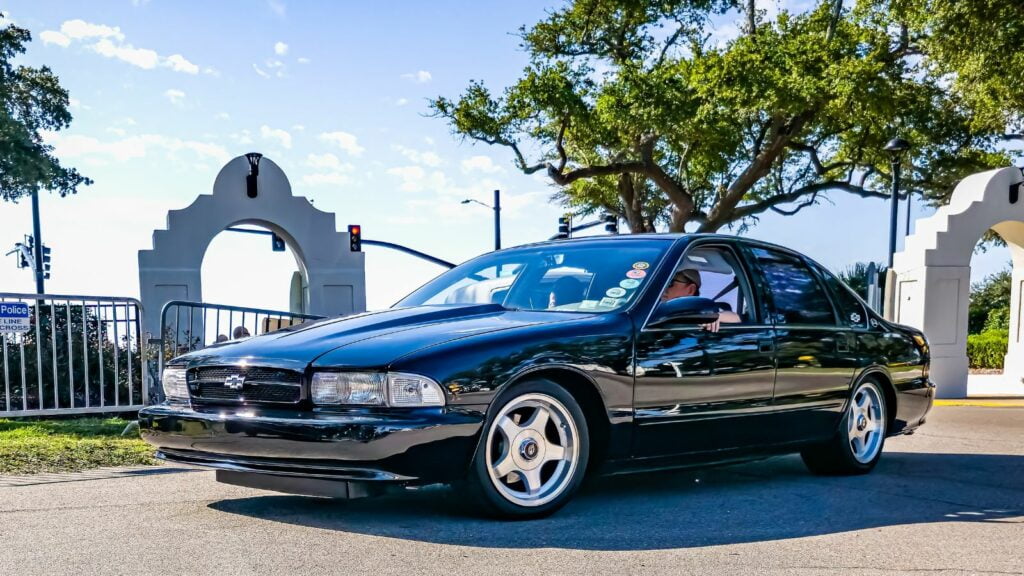Some vehicles are known for retaining value, while others lose it quickly. Unfortunately, some cars tend to perform so poorly at resale that they reflect badly on the seller, even if the vehicle was once popular or well-reviewed. Here are 24 cars that make Canadians look bad at the resale lot.
Dodge Dart
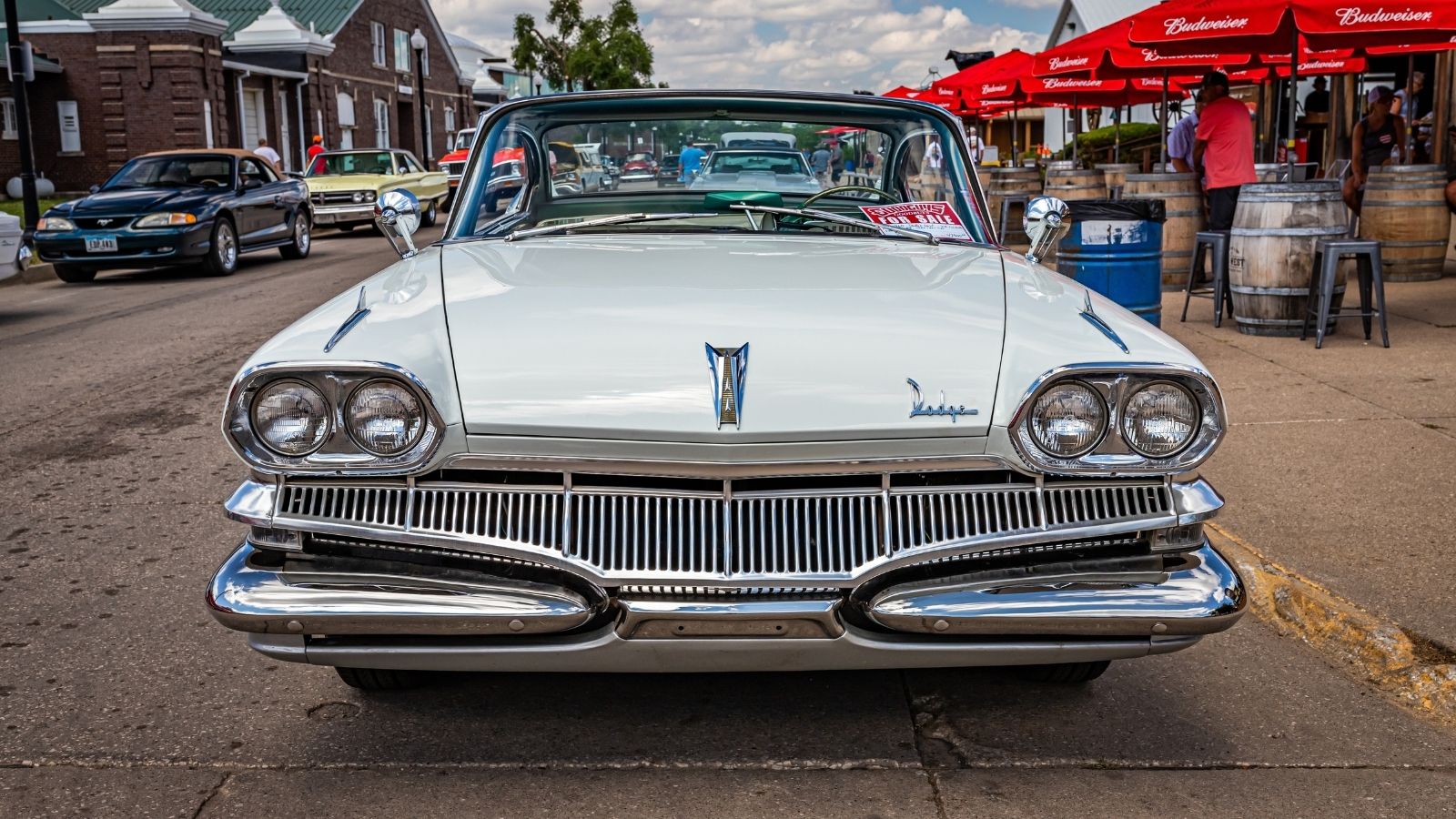
When the Dart returned in the 2010s with promises of a sporty compact design, many buyers were optimistic. However, transmission issues, underwhelming performance, and a dated infotainment system quickly eroded consumer confidence. With Dodge discontinuing it just a few years later, used models flooded the market with little demand. Low reliability scores and an image problem make it a tough sell, especially when buyers have so many better options in the compact segment.
Fiat 500L
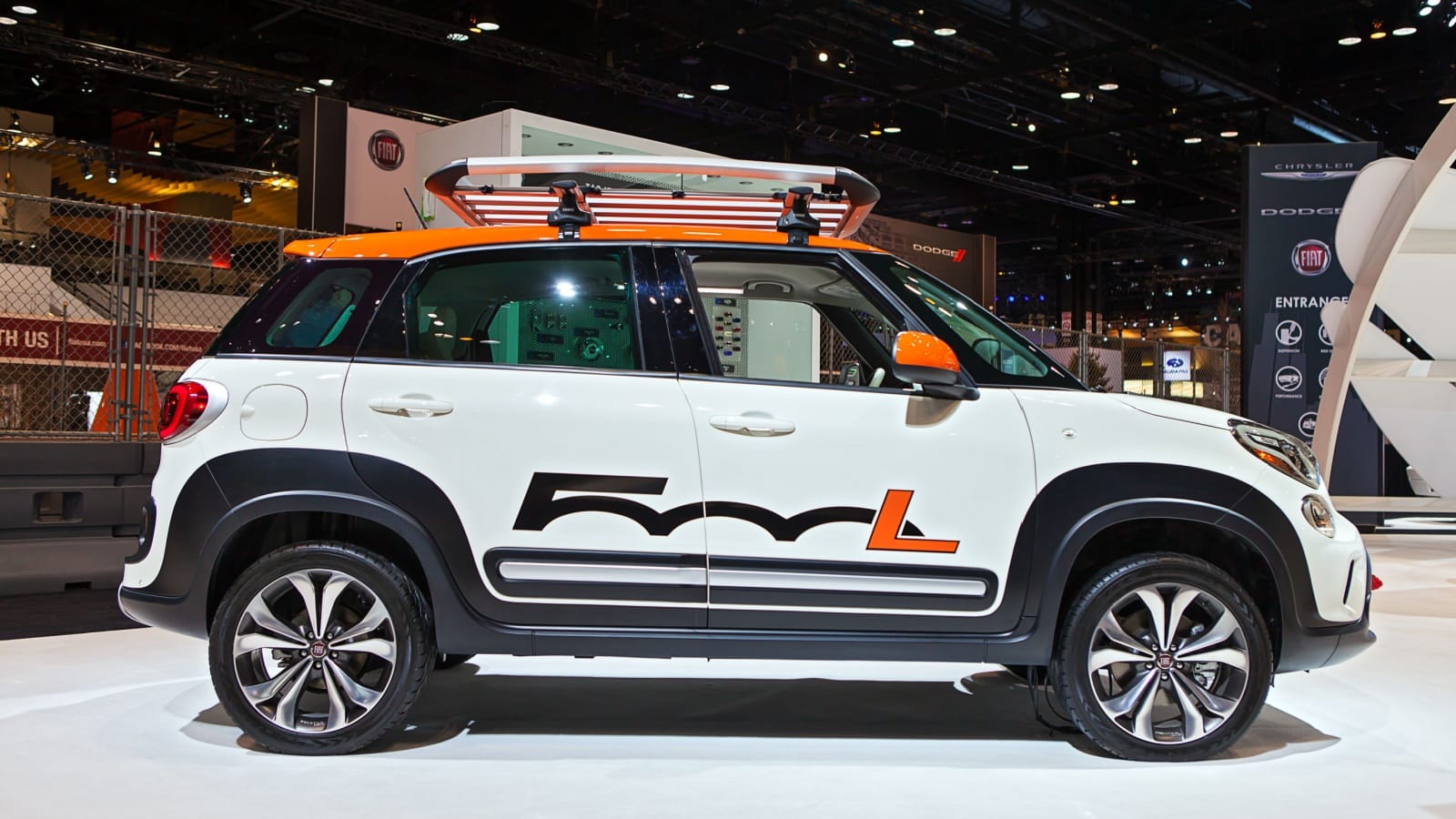
The 500L had quirky styling and extra interior space, but that wasn’t enough to offset its flaws. Poor reliability, sluggish acceleration, and confusing controls turned off many buyers. Fiat’s limited dealer network in Canada only made things worse. Depreciation has been steep, and interest in the brand has declined significantly. Also, the car’s niche appeal hasn’t helped it in the resale world, where it competes against more practical and better-built compact wagons.
Chrysler 200
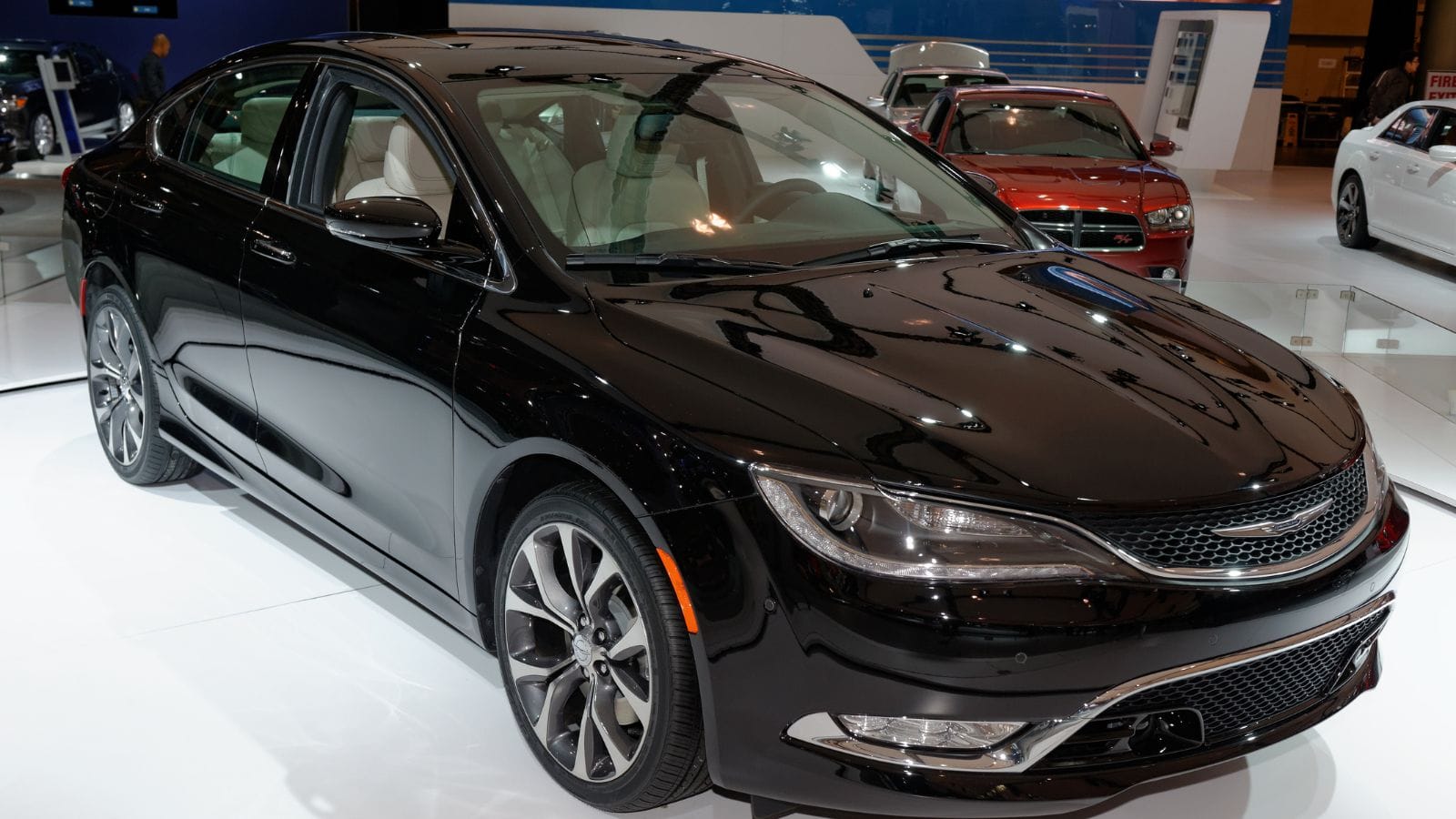
Despite a sleek exterior and refined interior in later models, the 200 suffered from an identity crisis. It wasn’t as sporty as its competitors, and mechanical issues with its 9-speed automatic transmission were widely reported. Once discontinued, its resale value plummeted. Buyers remember the bad press, making it difficult to build trust in private sales. Dealers often lowball trade-ins, and private buyers tend to avoid them unless the price is dramatically below market.
Chevrolet Impala
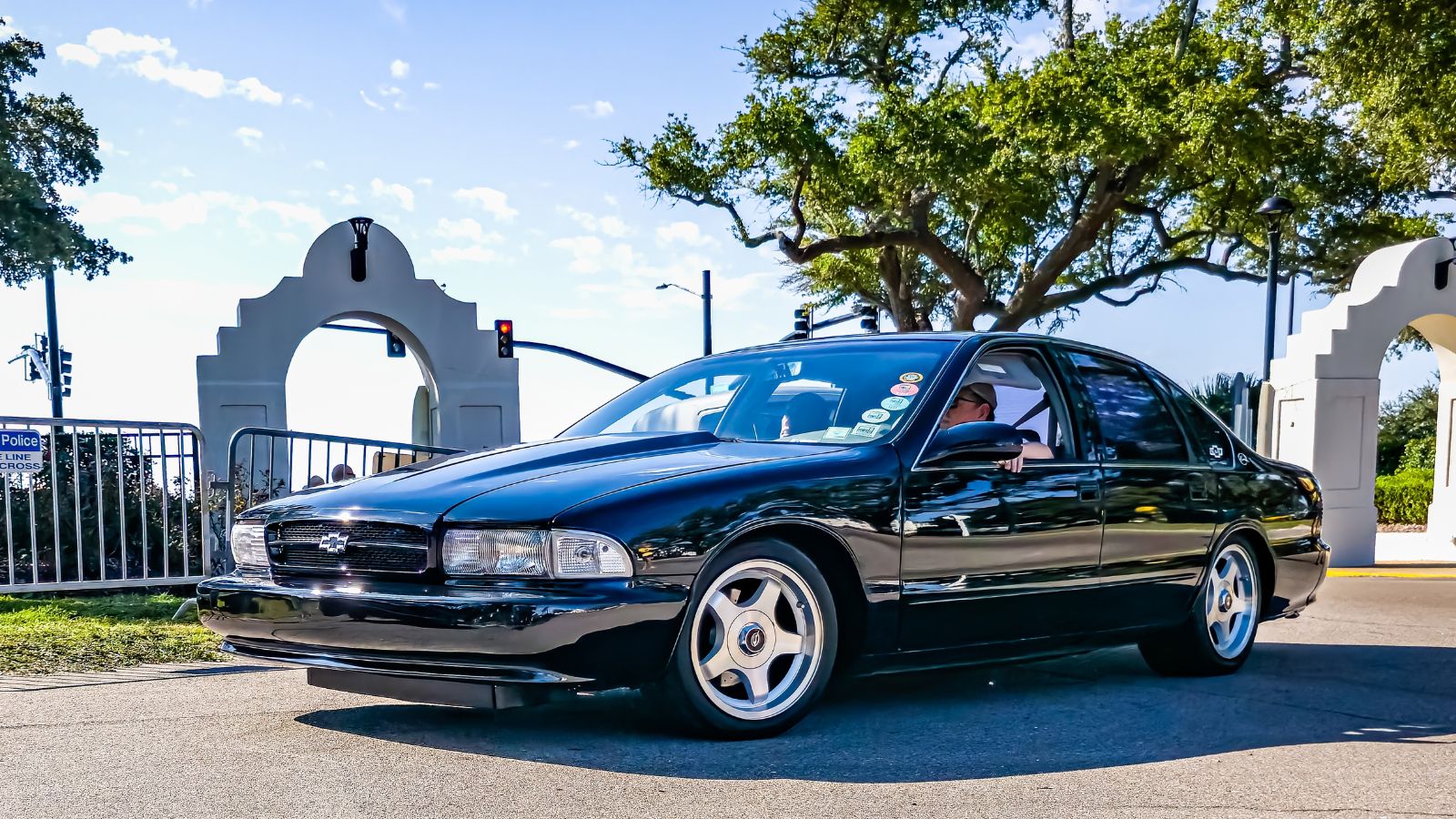
The Impala was once a staple in Canadian driveways, but changing tastes and the rise of SUVs have left full-size sedans like this behind. Despite offering a smooth ride and plenty of space, its resale value has taken a hit. Fleet use has also harmed its image, with many buyers associating it with rentals. Combined with lackluster fuel economy and outdated styling, selling an Impala takes more effort than it’s worth for many private owners. Even low-mileage examples often languish on used car lots.
Nissan Juke
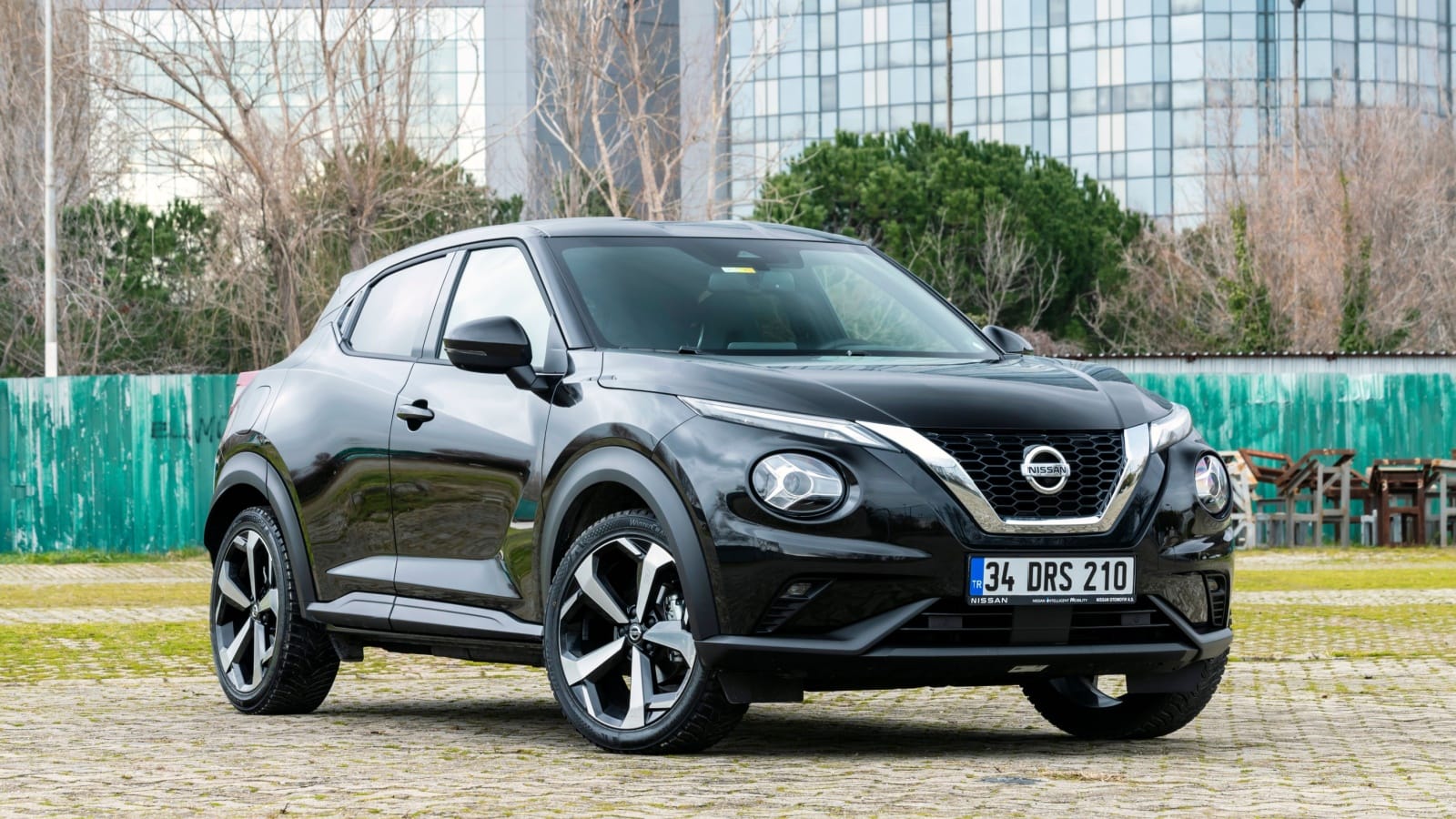
While its looks set it apart, the Juke’s bold design wasn’t enough to win over mainstream buyers. The interior space was cramped, and visibility issues added to its impracticality. Buyers also criticised the turbocharged engine for being both thirsty and unreliable over time. As newer compact crossovers arrived with better features and refinement, the Juke quickly felt outdated. Today, used Jukes tend to sit unsold or fetch far less than expected.
Mitsubishi Mirage
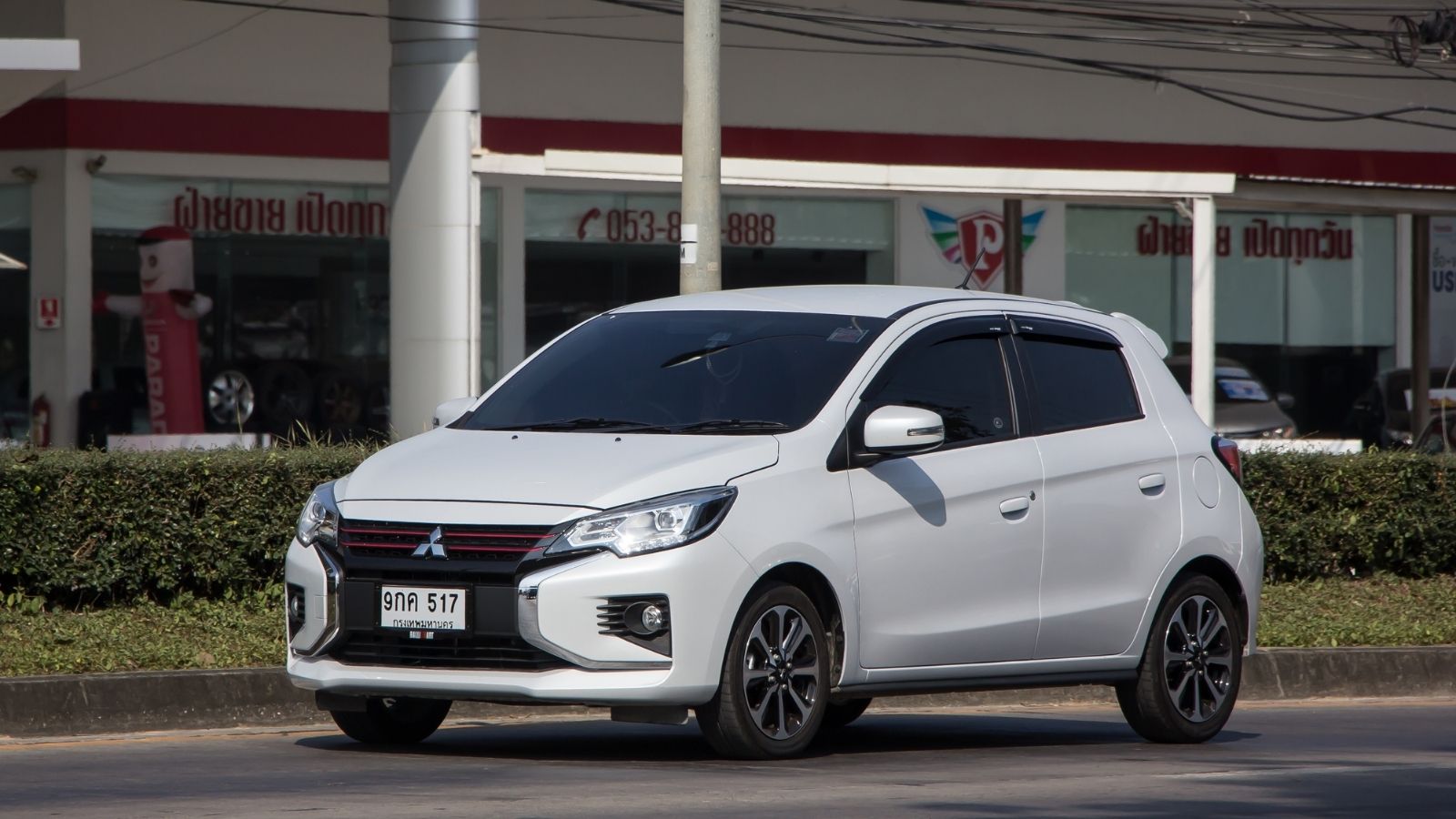
The Mirage was marketed as an ultra-affordable city car, but its bare-bones construction and noisy cabin made ownership less pleasant. Its low horsepower and questionable build quality turned off more discerning shoppers. Even as a used car, it struggles to justify its price when competitors offer more features and refinement. The Mirage depreciates quickly, and buyers often expect rock-bottom prices. As a result, owners trying to sell are usually forced to accept far less than they hoped, if they get any bites at all.
Jeep Compass (pre-2017)
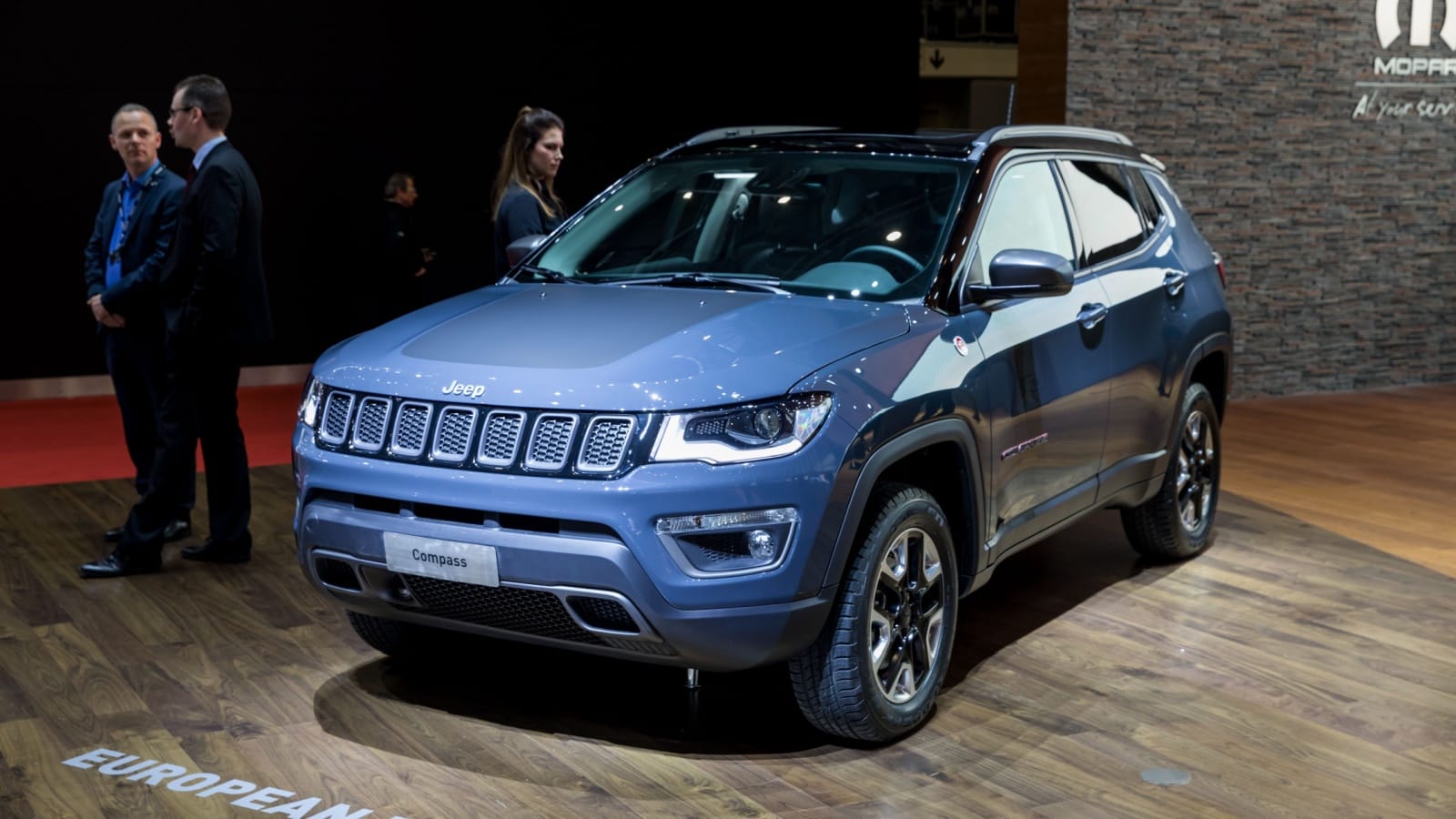
Before its major redesign in 2017, the Compass suffered from harsh ride quality, outdated interiors, and reliability concerns. It lacked the refinement and features of rivals, making it less competitive in the crowded SUV market. Its off-road styling wasn’t backed by equivalent capability, adding to consumer disappointment. Resale values reflect these shortcomings, and earlier models rarely attract much interest. Even well-maintained units struggle to command decent prices.
Smart ForTwo
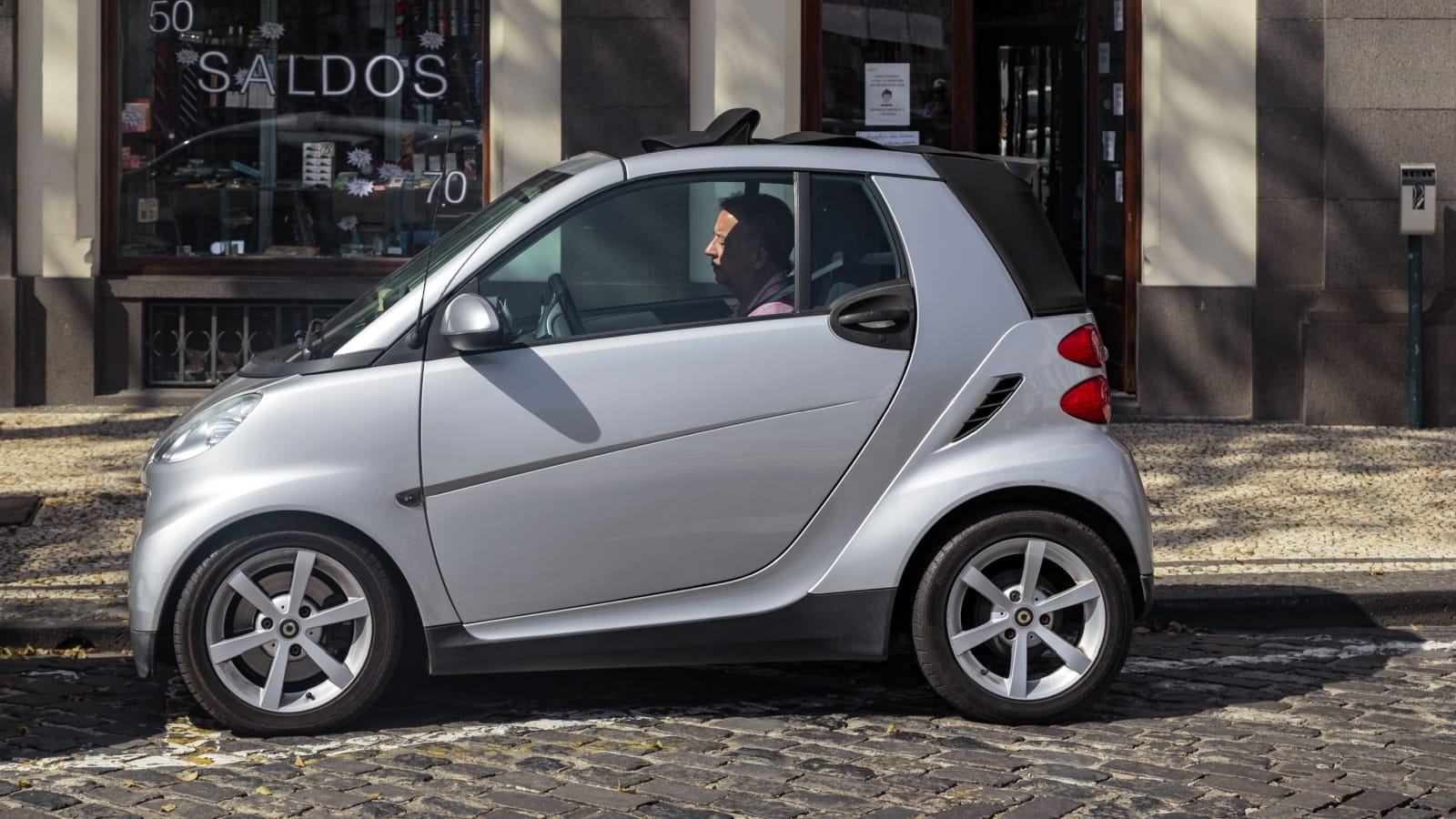
This tiny two-seater promised urban efficiency, but reality fell short. Limited storage space, jittery ride quality, and sluggish performance made it less than ideal for everyday driving. The electric version offered some novelty, but even that had limited range and niche appeal. The car’s small size became a disadvantage outside dense city cores. As a result, the ForTwo is often dismissed on the used market. Sellers are frequently left explaining its quirks to uninterested buyers or accepting significant losses on resale.
Chevrolet Spark
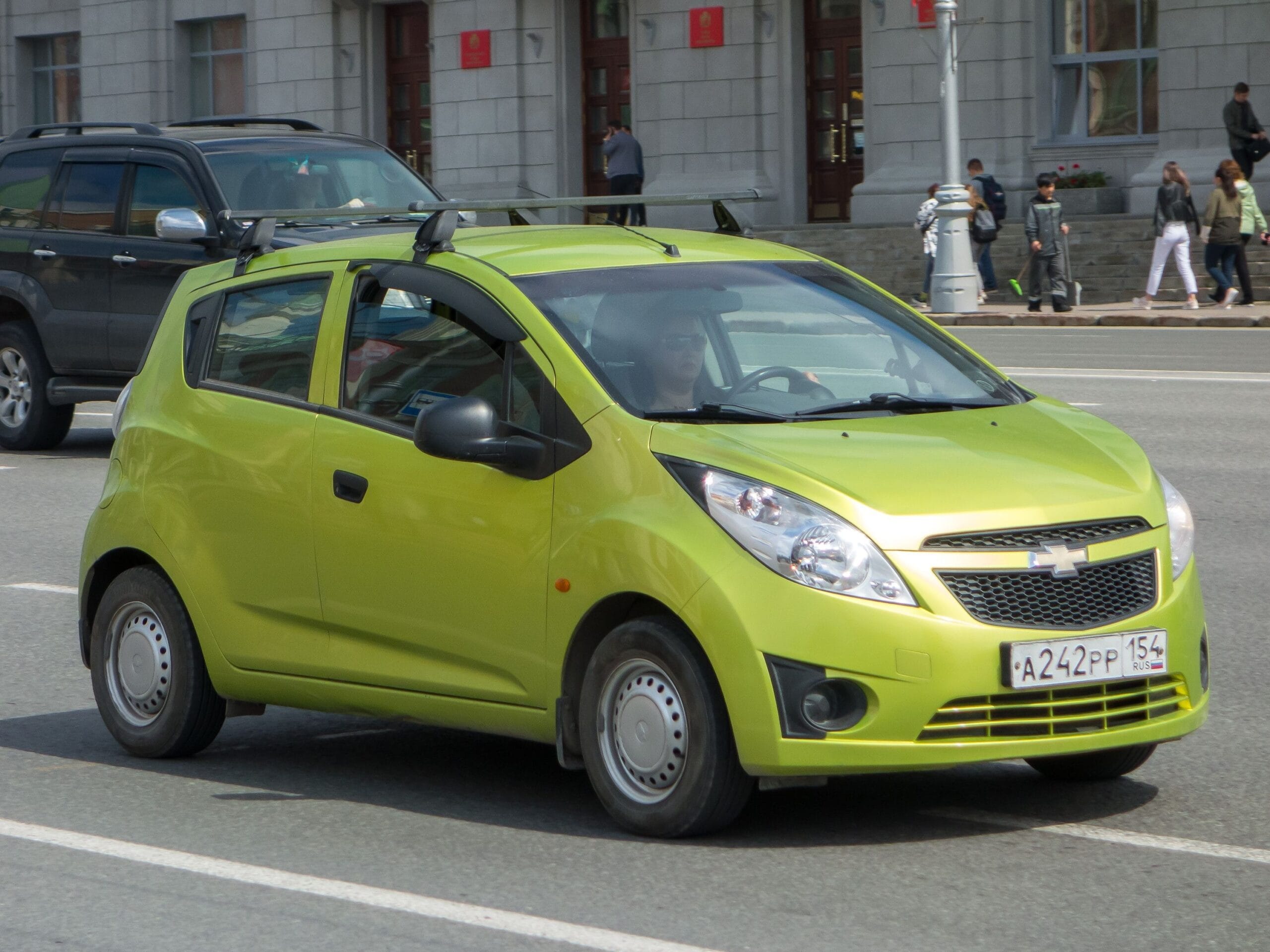
The Spark aimed to offer affordable urban mobility but ultimately proved too basic for many. Its small engine struggled on highways, and interior materials felt cheap even by economy car standards. Safety ratings weren’t impressive, and the car lacked many features found in rivals. As the used inventory grew, prices dropped fast. Sellers often find themselves negotiating with buyers who expect significant discounts, knowing the Spark isn’t in high demand.
Hyundai Accent (Older Models)
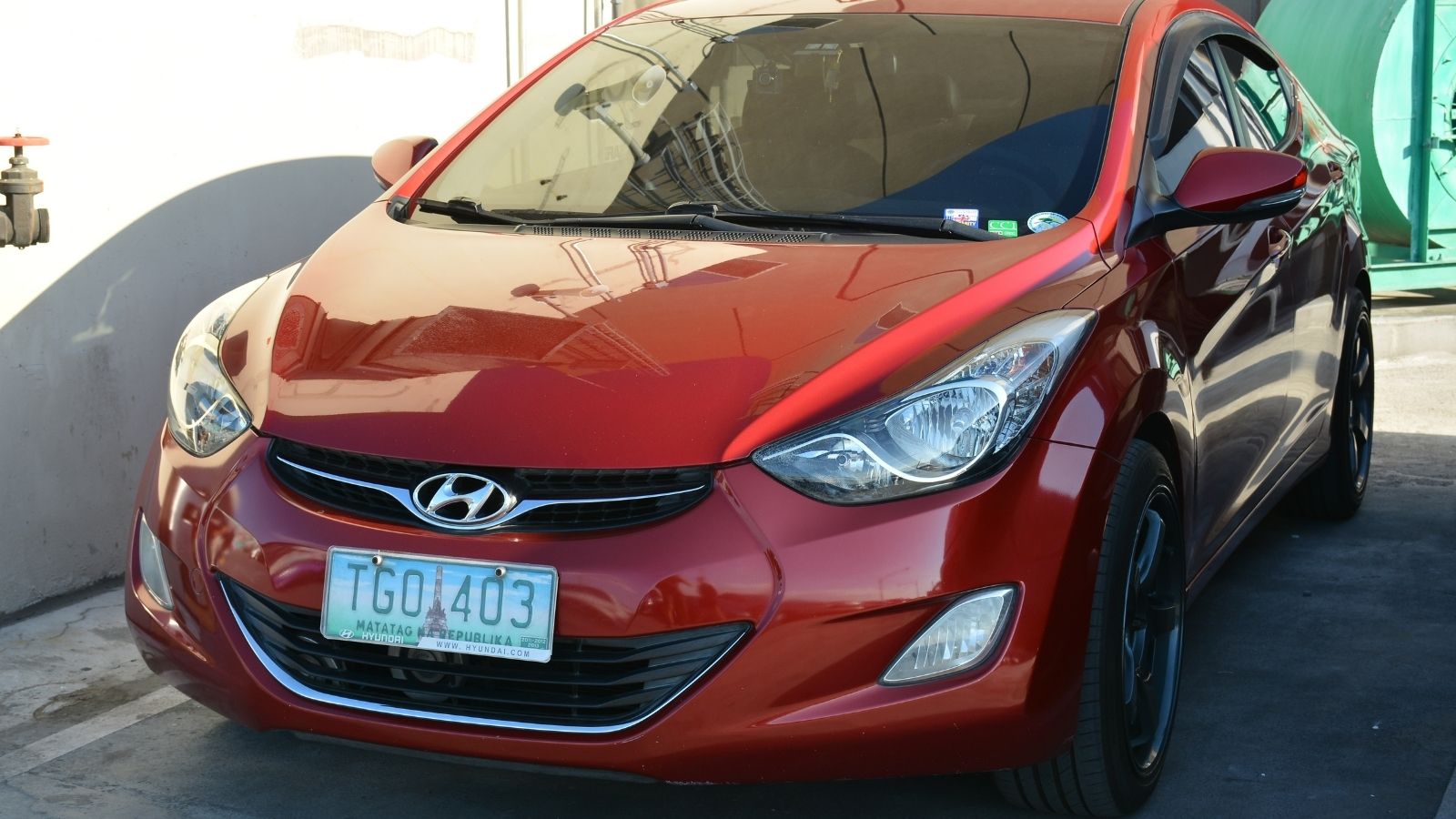
Earlier generations of the Accent, especially before 2011, were known for being budget-friendly but also bare-bones. Lacking in modern safety features and interior refinement, they aged poorly. Though reliable mechanically, they fail to excite used car buyers who have access to newer, better-equipped competitors at similar prices. The market is saturated with older Accents, leading to sluggish resale activity.
Ford Fiesta
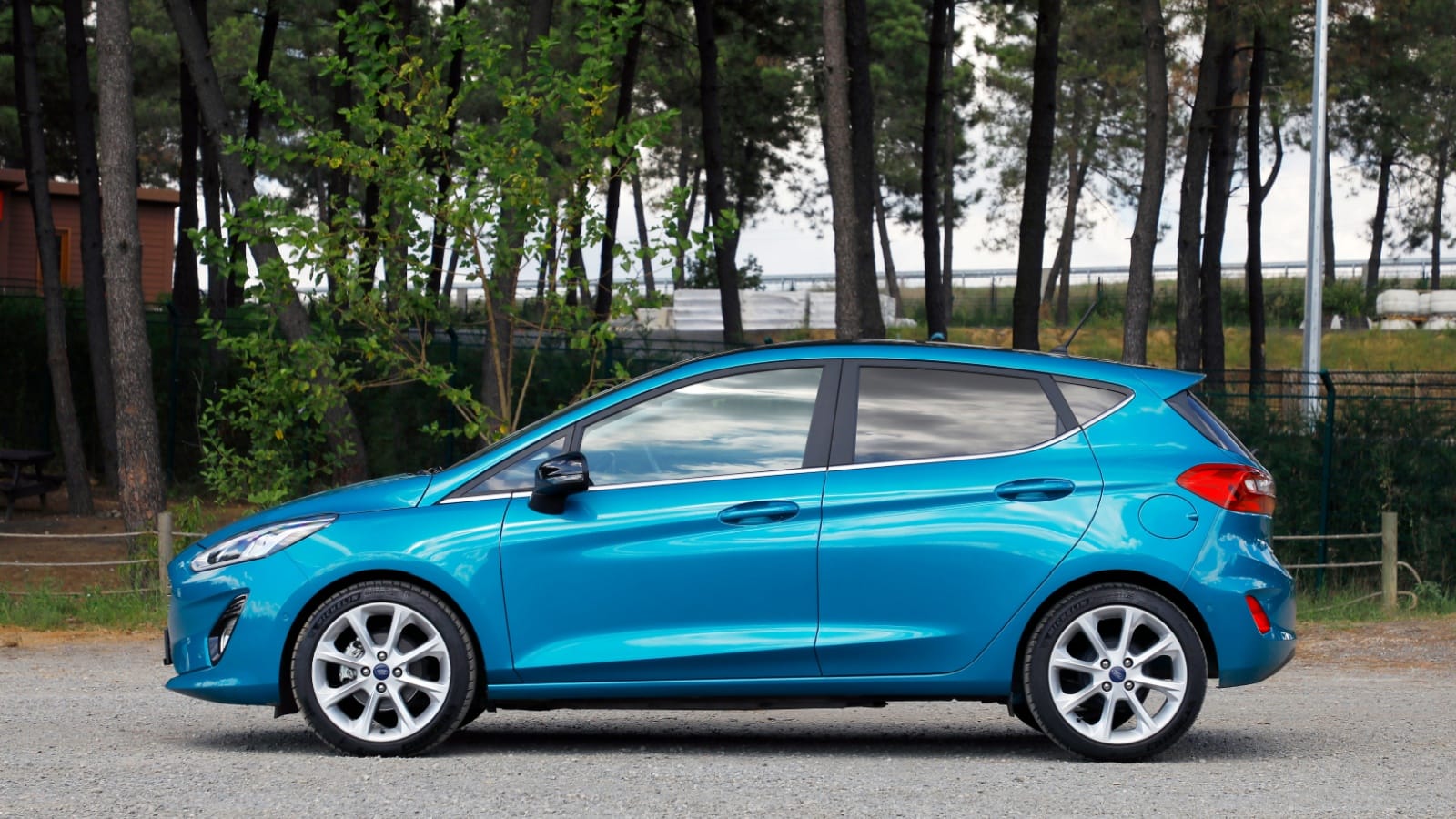
Praised for its handling when new, the Fiesta faced backlash due to chronic transmission issues, especially in dual-clutch models. These problems significantly impacted its reputation. Despite decent styling and fuel economy, buyers are cautious. Reliability concerns lead many to avoid it entirely. Used car buyers often bring up the transmission flaws during negotiations, reducing seller leverage. Even dealers hesitate to take them on trade.
Dodge Journey
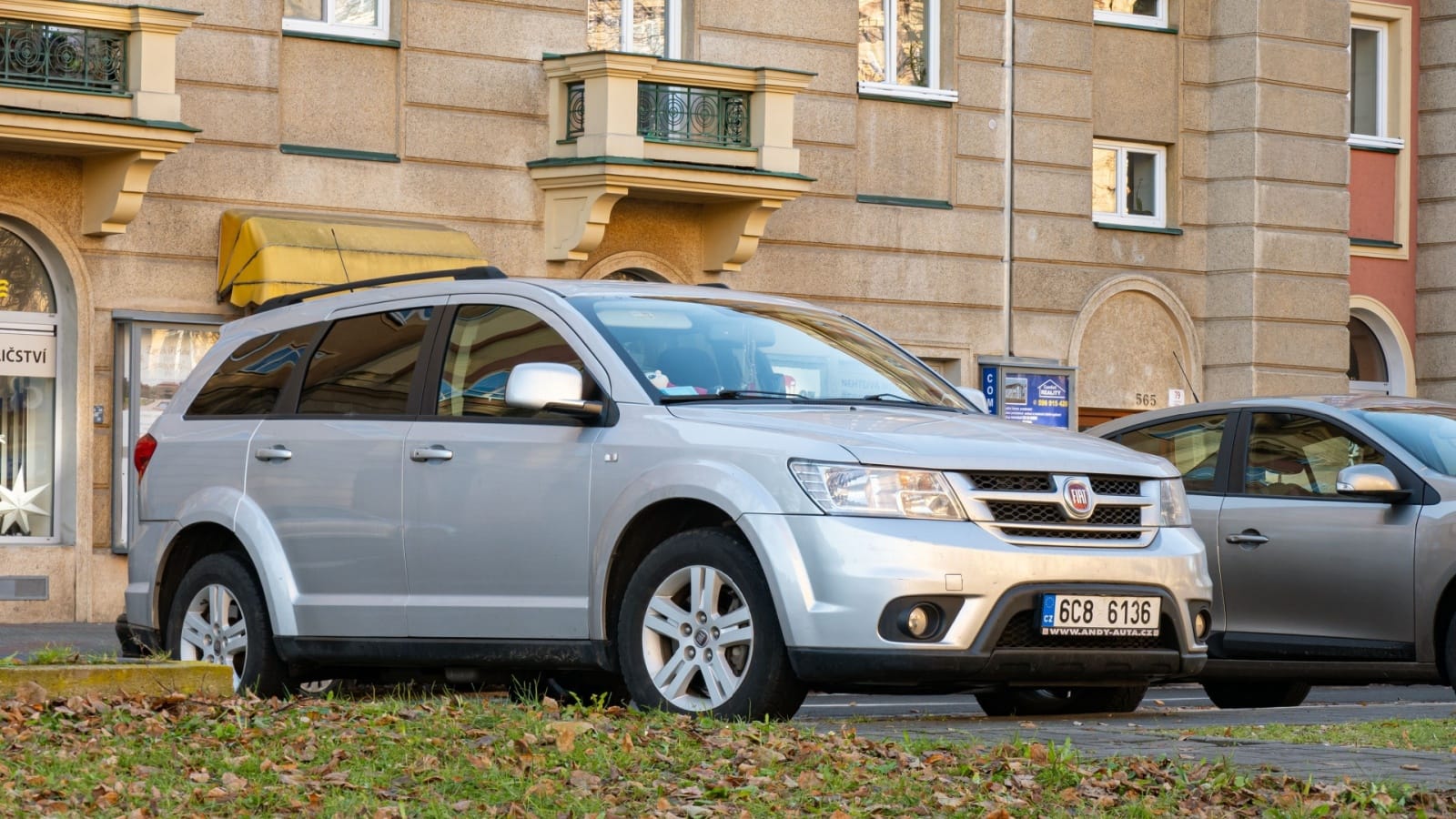
Once a popular family option, the Journey quickly became outdated. Its design changed little over the years, and its interior quality lagged behind rivals. Fuel efficiency was unimpressive, and the base engine left much to be desired. With so many better choices on the used SUV market, the Journey is frequently passed over. Depreciation hit hard, and many sellers have had to cut asking prices to generate interest. Also, resale is an uphill battle, particularly for earlier models.
Nissan Sentra (pre-2020)
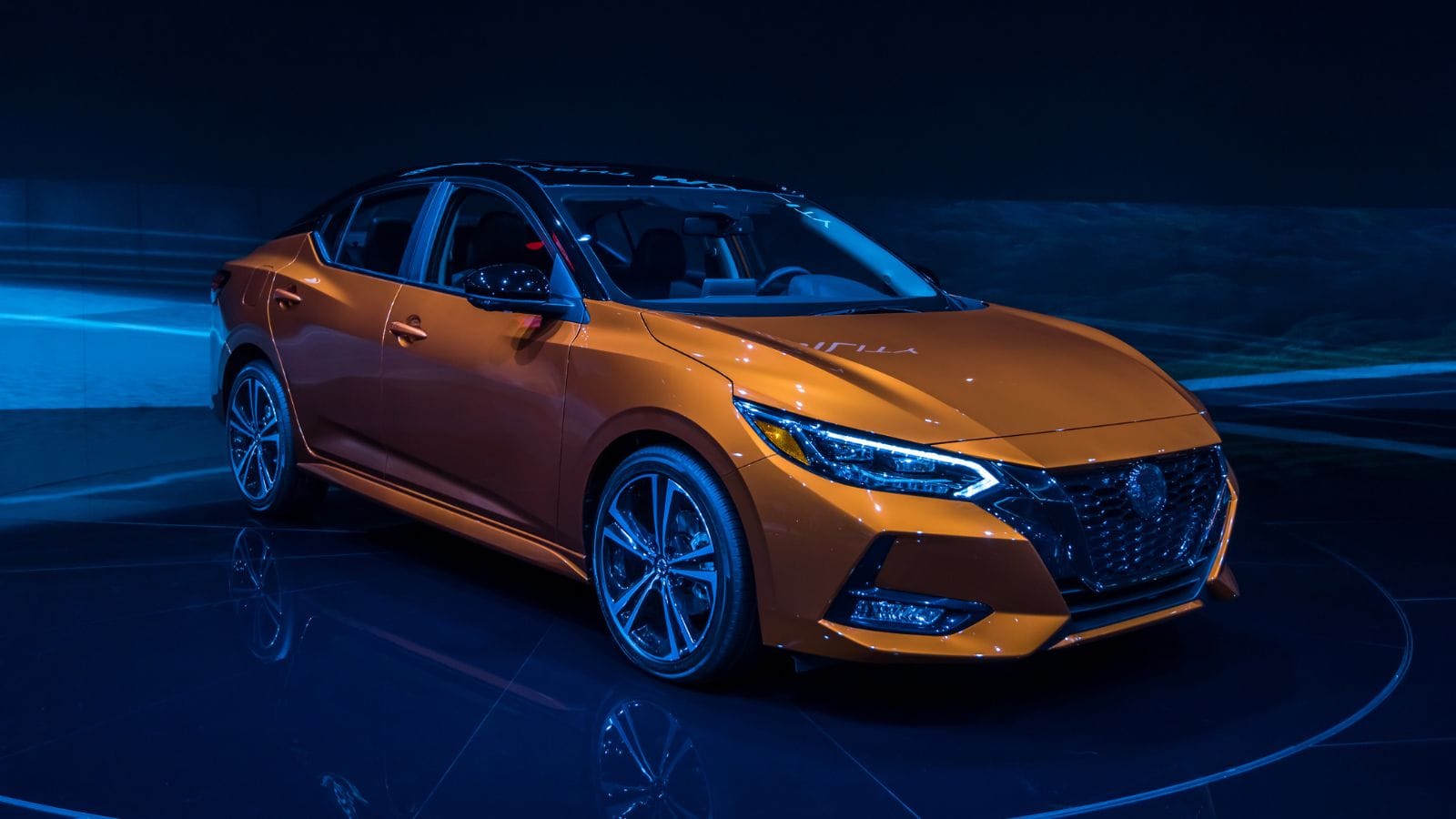
Before its major overhaul in 2020, the Sentra was a car that struggled to stand out. Handling was dull, the cabin uninspiring, and reliability wasn’t consistent. Buyers often saw it as a rental-grade vehicle, affecting its resale image. The newer models corrected many of these issues, but older Sentras are still seen as low-value buys. Private sellers often get lowball offers, and dealers stock them reluctantly. It’s a vehicle that makes its previous owners wish they had something else to offer.
Scion iQ

The Scion iQ was Toyota’s attempt at a microcar for urban commuters, but its unconventional size and limited practicality didn’t resonate with buyers. With room for just two adults comfortably and a tight, cramped interior, it struggled to compete with more spacious subcompacts. Safety concerns also emerged due to its tiny footprint. Though its fuel efficiency was a plus, most buyers found it too limiting. As a result, the iQ has depreciated rapidly, and resale demand is nearly nonexistent.
Suzuki SX4
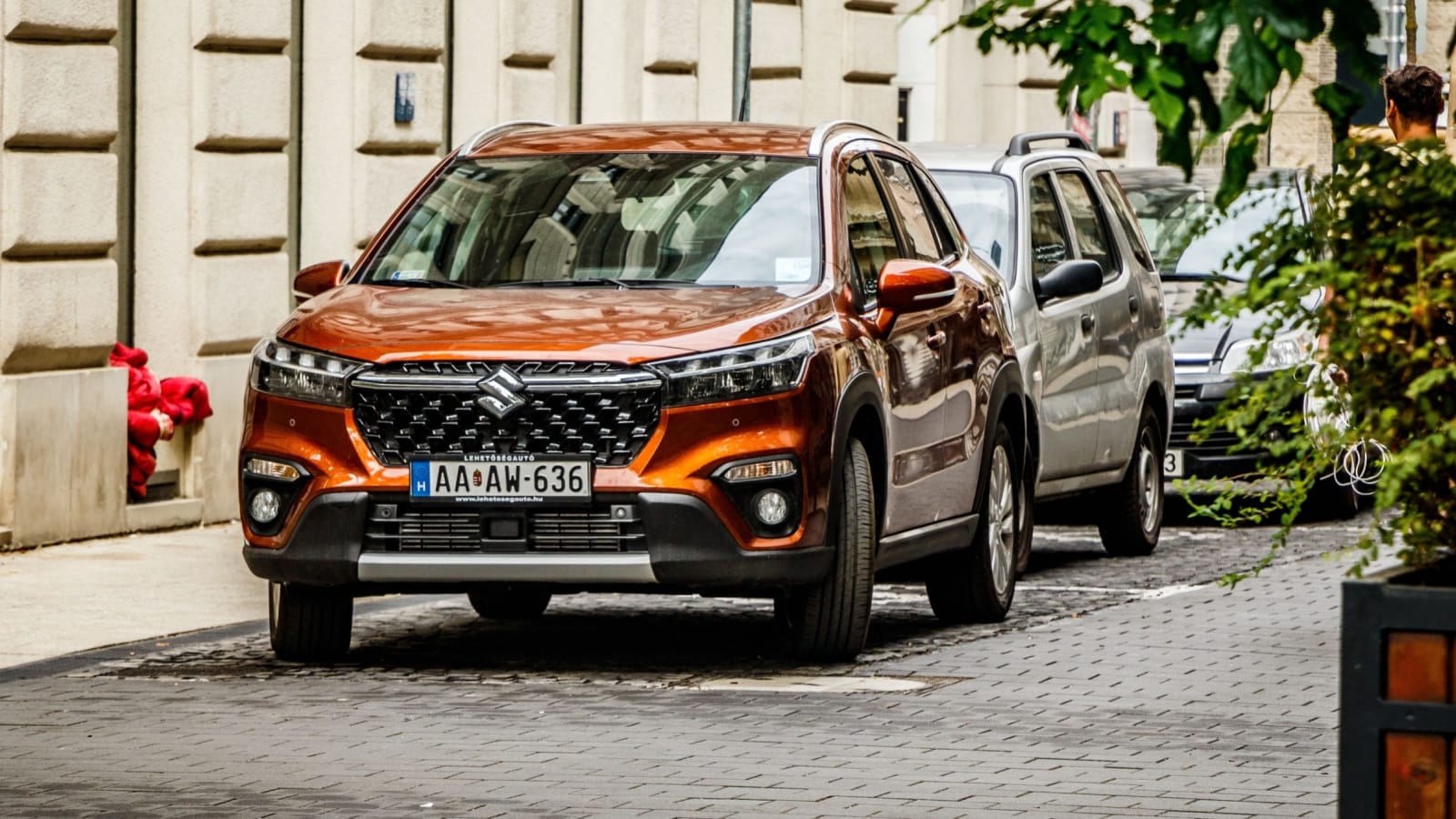
The Suzuki SX4 tried to be a jack-of-all-trades, offering AWD in a compact form at an affordable price. But Suzuki’s exit from the Canadian market severely impacted long-term confidence. Parts availability became an issue, and brand recognition plummeted. Even though the SX4 had reasonable reliability, its odd styling and poor interior materials turned off potential buyers. Today, trying to resell one is a challenge.
Kia Rondo
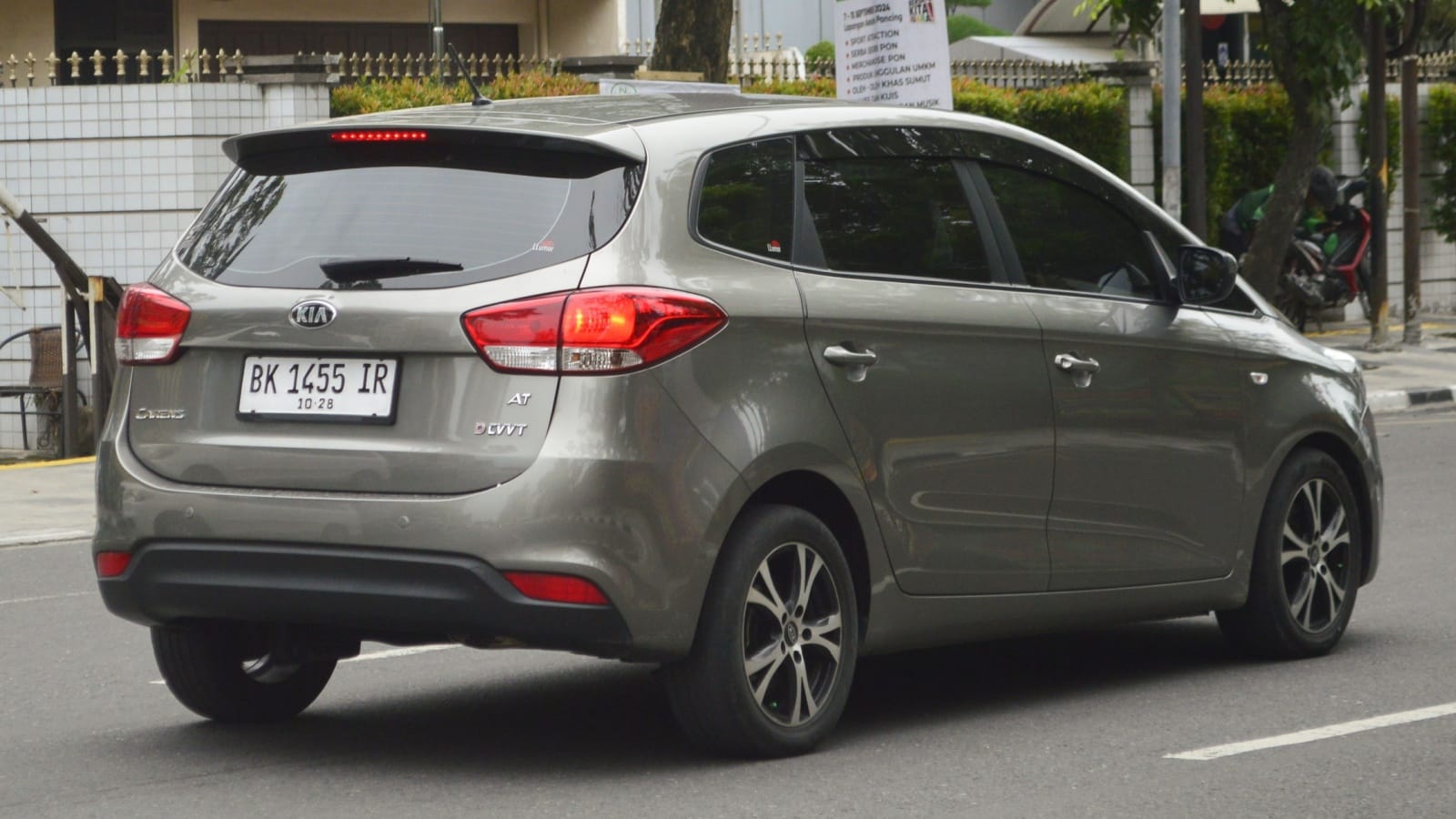
Designed as a small MPV, the Kia Rondo never quite found its audience. It wasn’t a true minivan, nor was it a compact SUV, which left it in an awkward middle ground. Despite its practicality, its bland styling and forgettable driving experience didn’t help it stand out. Over time, demand dwindled as buyers gravitated toward more stylish crossovers. On the resale lot, the Rondo rarely sparks interest. Sellers often end up justifying their utility to skeptical buyers, with limited success.
Pontiac G6
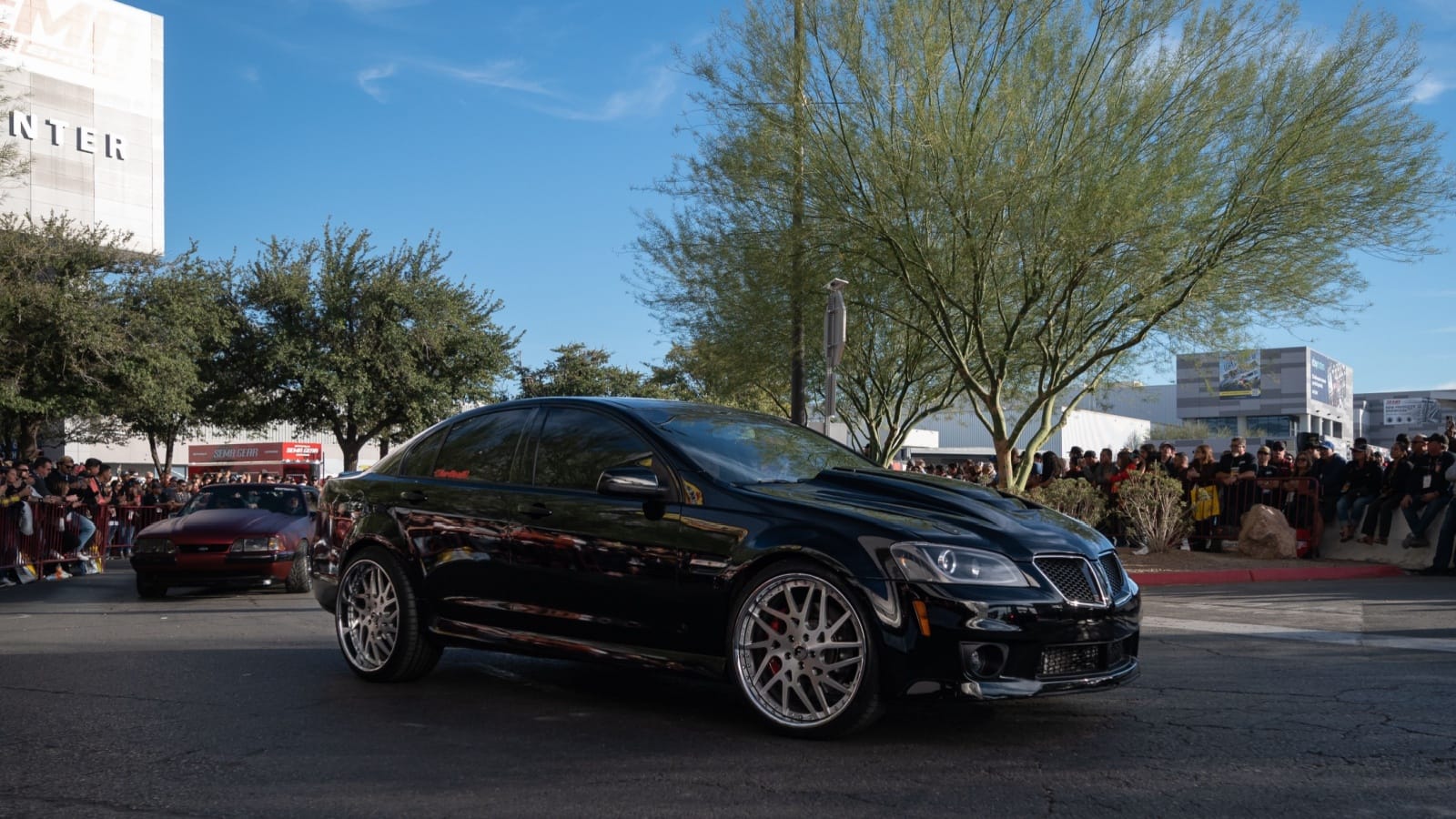
The G6 once filled a volume spot in GM’s lineup, but Pontiac’s discontinuation tanked its resale prospects. Quality issues plagued the G6, from faulty electrical systems to steering problems. These reliability concerns contributed to a steep decline in value. Although some models offered decent performance, the brand’s collapse overshadowed any positives. Today, even well-maintained G6s sell for next to nothing. Their poor reputation makes it difficult for sellers to gain buyer trust, especially among younger drivers.
Toyota Yaris (Sedan)
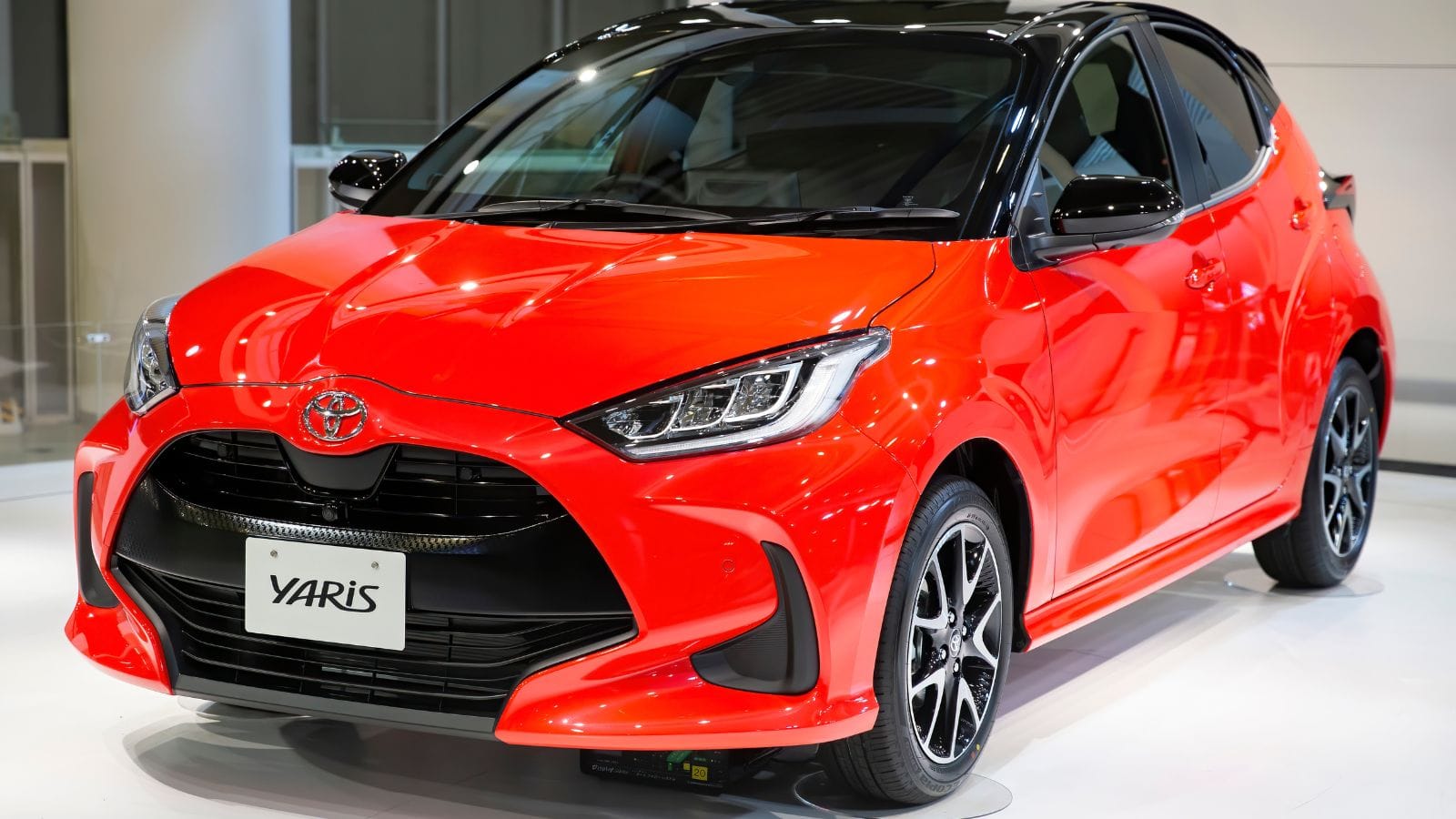
While the Yaris hatchback enjoyed popularity, the sedan version never gained the same traction. Designed through a partnership with Mazda, it lacked the typical Toyota appeal. The sedan version had a bland design and felt underpowered. On the used market, buyers tend to opt for the hatchback instead, given its better practicality and resale history. The sedan suffers from limited demand, and sellers often need to undercut prices to make a sale.
Dodge Caliber
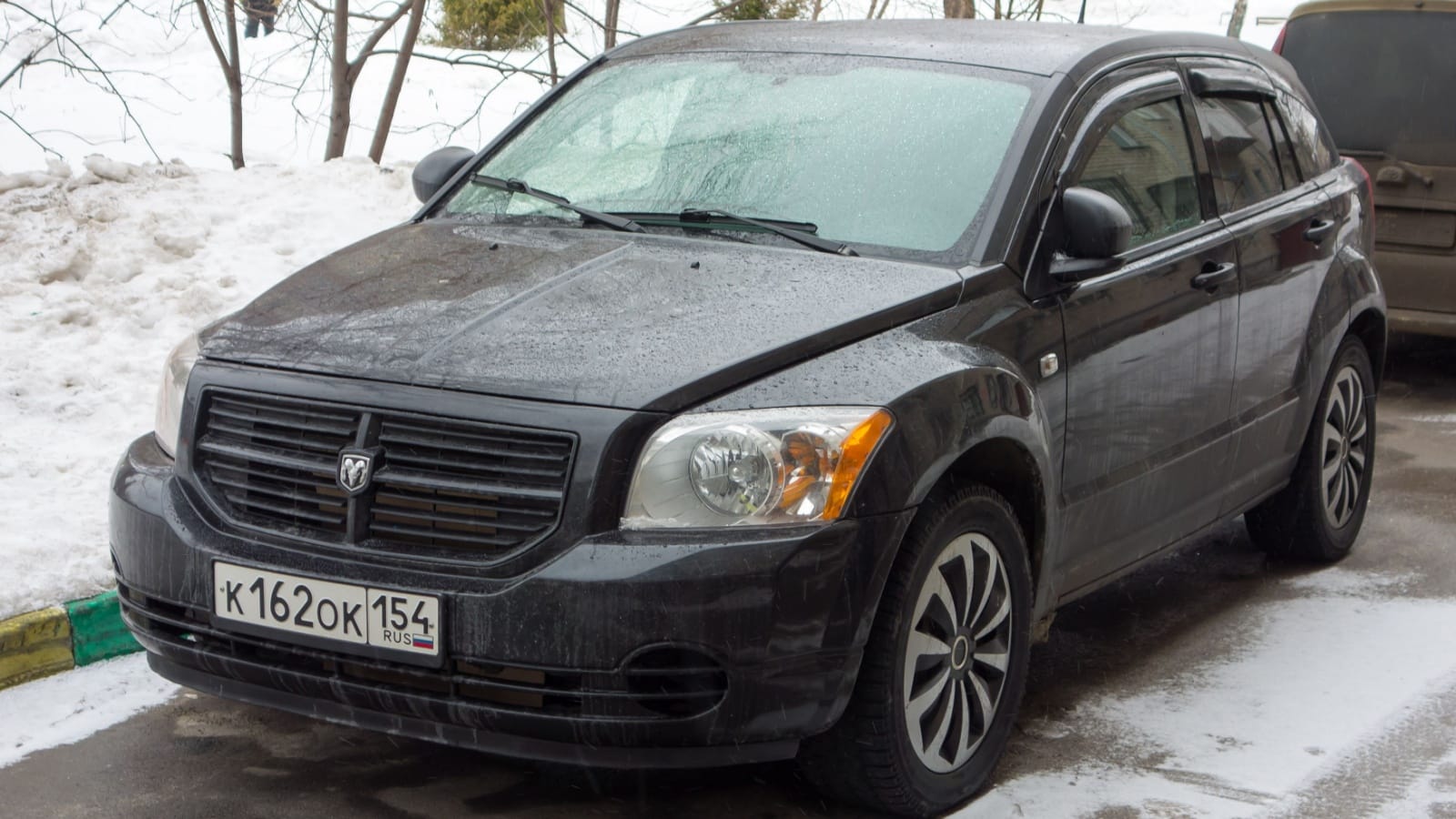
The Caliber’s awkward styling and poor build quality turned many buyers away, even during its prime. Critics noted its rough ride, noisy cabin, and lackluster performance. The continuously variable transmission (CVT) also developed a reputation for unreliability. These issues have aged poorly, and most used Calibers now sell for bargain-bin prices. Sellers attempting to highlight their value or features are often met with skepticism. Its presence on a resale lot rarely inspires confidence.
Chevrolet Aveo
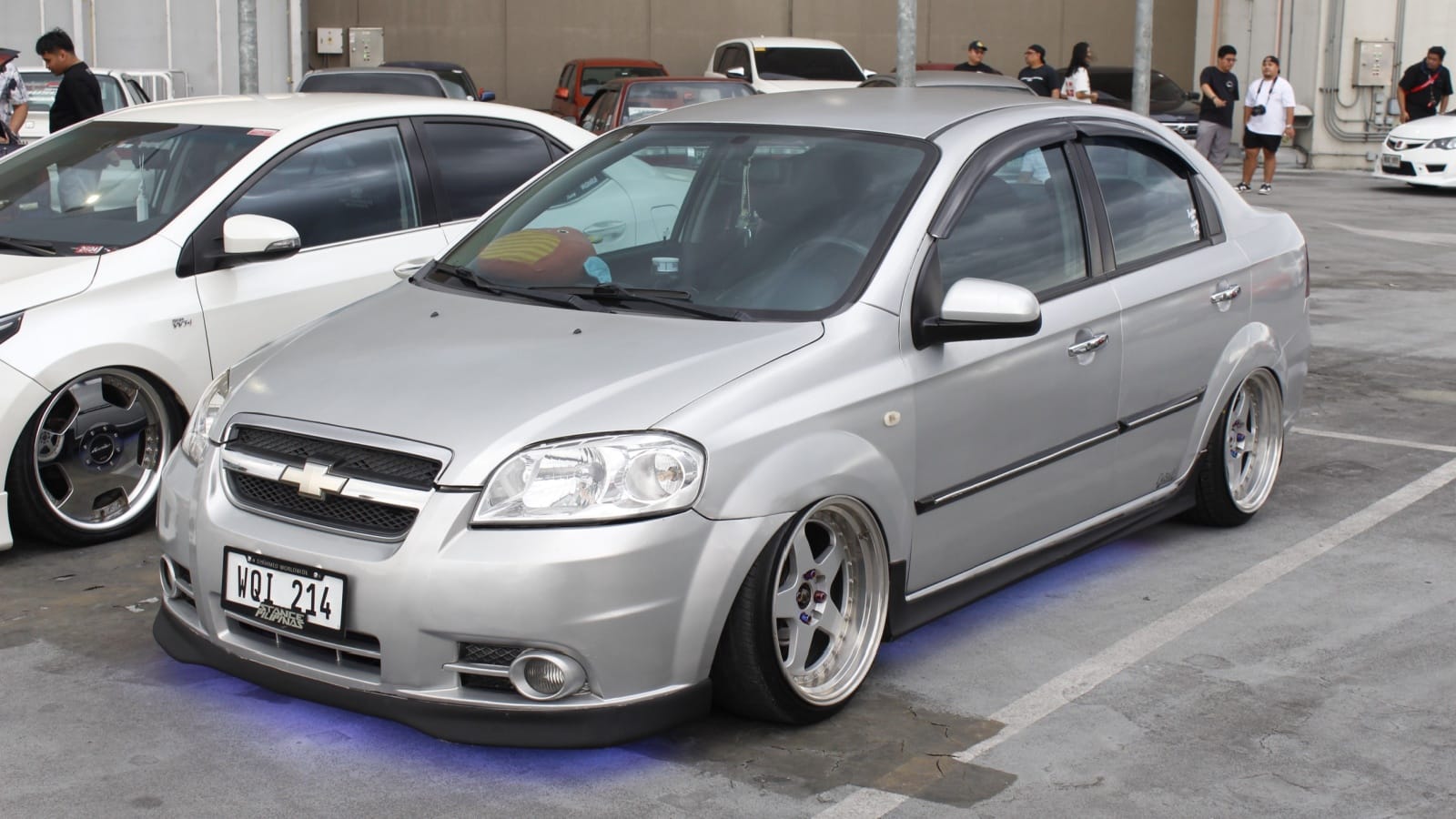
Marketed as an entry-level hatch and sedan, the Aveo was affordable but came with compromises. Its outdated design, minimal safety features, and rough ride all contributed to its poor reception. Though it was a cheap new-car option, the resale market has not been kind. Most buyers view it as disposable transportation rather than a long-term solution. That mindset leads to low resale values and a general disinterest in private sales.
Hyundai Veracruz

Hyundai’s first large SUV had ambitious goals, but the Veracruz never caught on. It offered decent luxury and a V6 engine, but the styling was uninspiring, and the ride quality didn’t compete well with rivals. Limited marketing and overlap with newer Hyundai models like the Santa Fe XL left it overshadowed. As resale years came around, it lacked name recognition, and buyers tended to overlook it. Sellers are frequently surprised at how little value remains, even in well-maintained units.
Saturn Aura
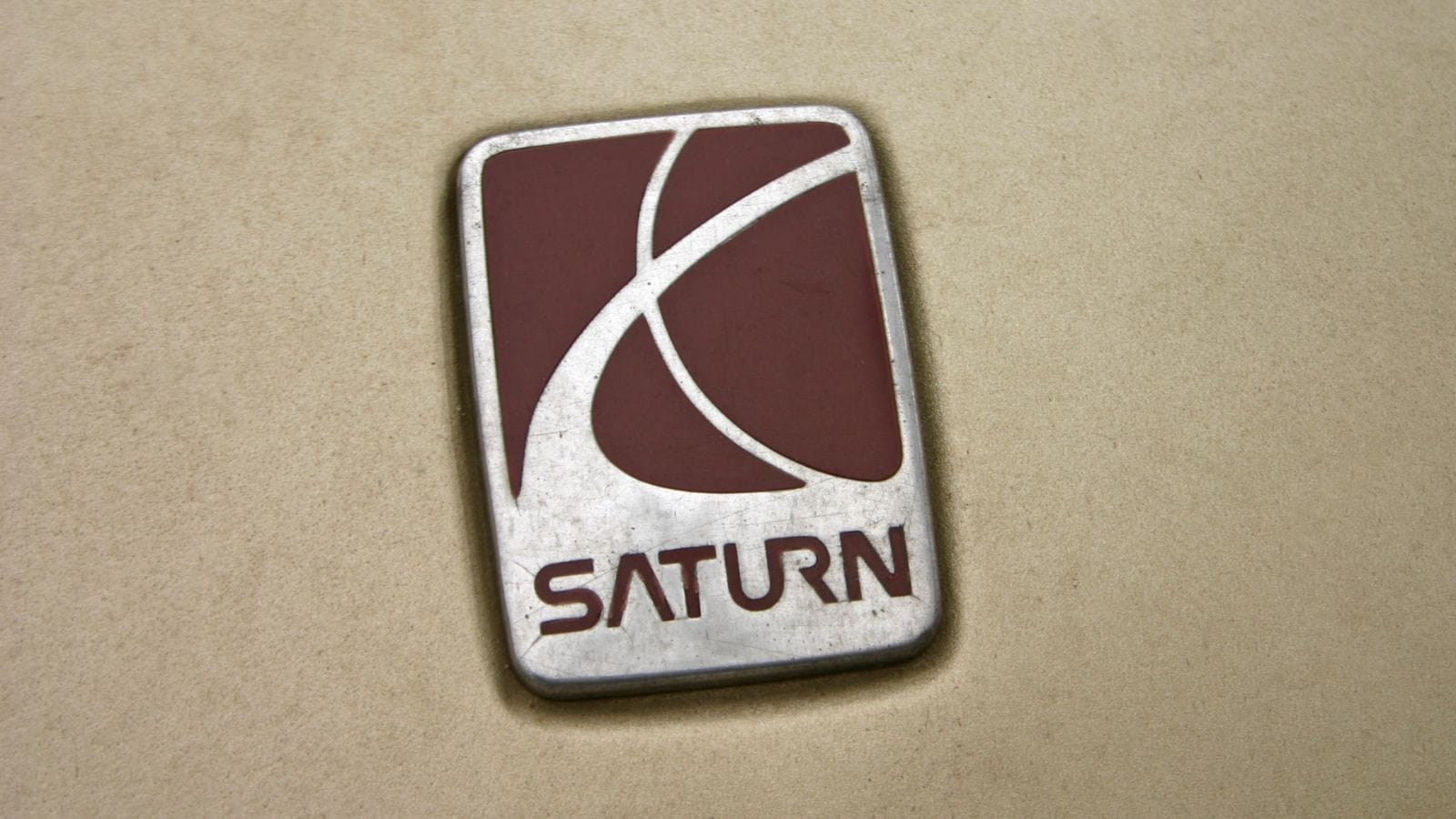
The Aura had a brief run before GM shuttered the Saturn brand. Though it was meant to modernize Saturn’s image, the Aura struggled with bland design and inconsistent reliability. Once the brand folded, resale value dropped significantly. Buyers avoid discontinued brands due to concerns over parts availability and potential support issues. On the used market, Auras rarely draw much attention, and sellers must price aggressively to generate any interest.
Mazda5
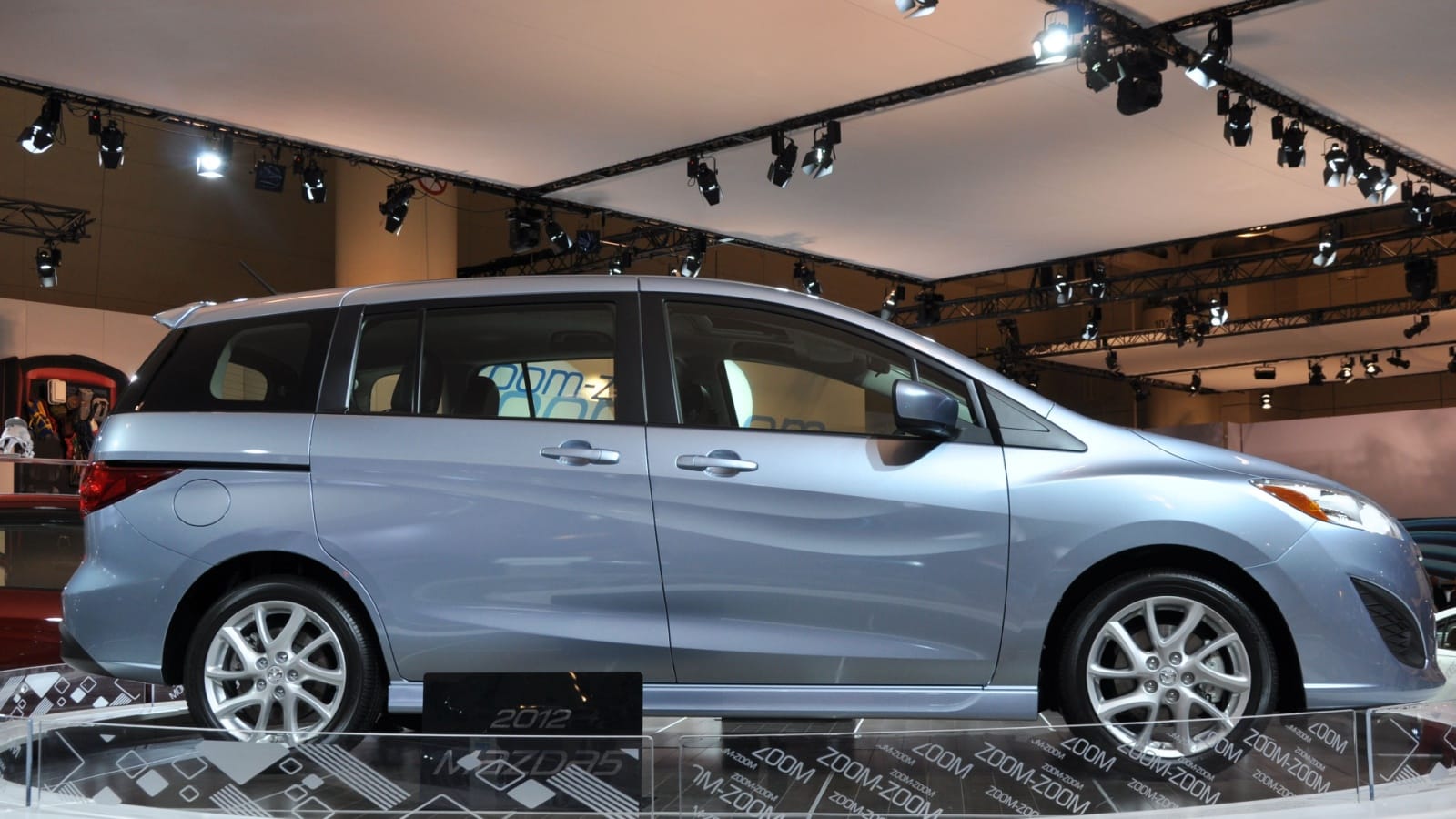
The Mazda5 offered sliding doors in a compact package, aiming to be a mini-minivan. While practical and decent to drive, it lacked the space of full-size vans and the rugged appeal of SUVs. As a result, it never sold in high numbers. On the resale market, it occupies a niche with limited demand. Buyers are unsure whether it’s a van or a hatchback, which limits their interest. Sellers often face long wait times or price cuts to move a Mazda5.
Volkswagen Routan
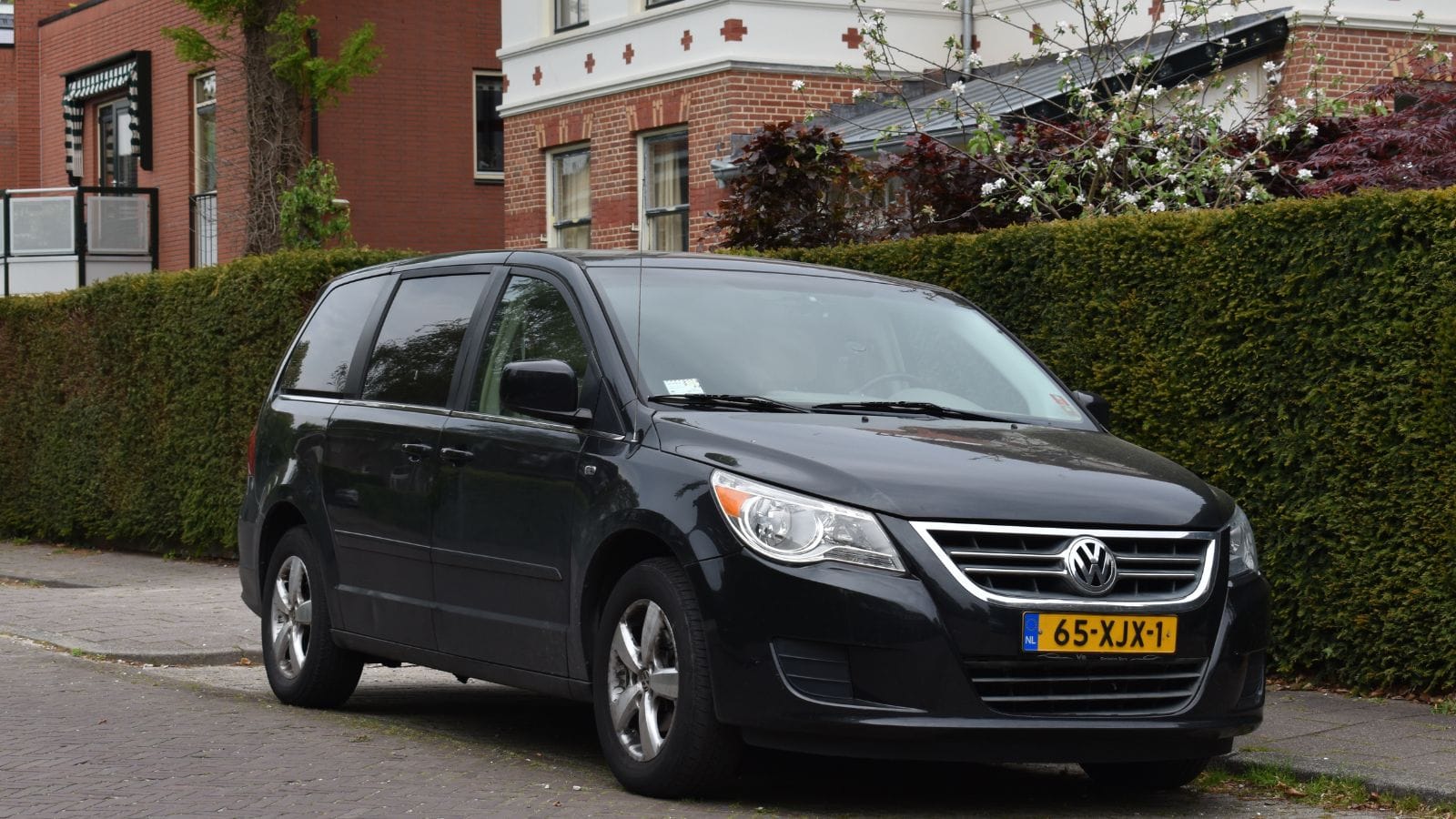
Built alongside Chrysler’s minivans but badged as a Volkswagen, the Routan confused many shoppers. It lacked the driving dynamics VW was known for while inheriting some of Chrysler’s reliability issues. With few unique selling points, it failed to differentiate itself. The Routan’s poor sales translated to poor resale, and today it’s one of the least-desired used minivans. Sellers struggle to explain what makes it special, often with little success. Resale values remain stubbornly low.
25 Facts About Car Loans That Most Drivers Don’t Realize

Car loans are one of the most common ways people fund car purchases. Like any other kind of loan, car loans can have certain features that can be regarded as an advantage or a disadvantage to the borrower. Understanding all essential facts about car loans and how they work to ensure that you get the best deal for your financial situation is essential. Here are 25 shocking facts about car loans that most drivers don’t realize:
25 Facts About Car Loans That Most Drivers Don’t Realize
